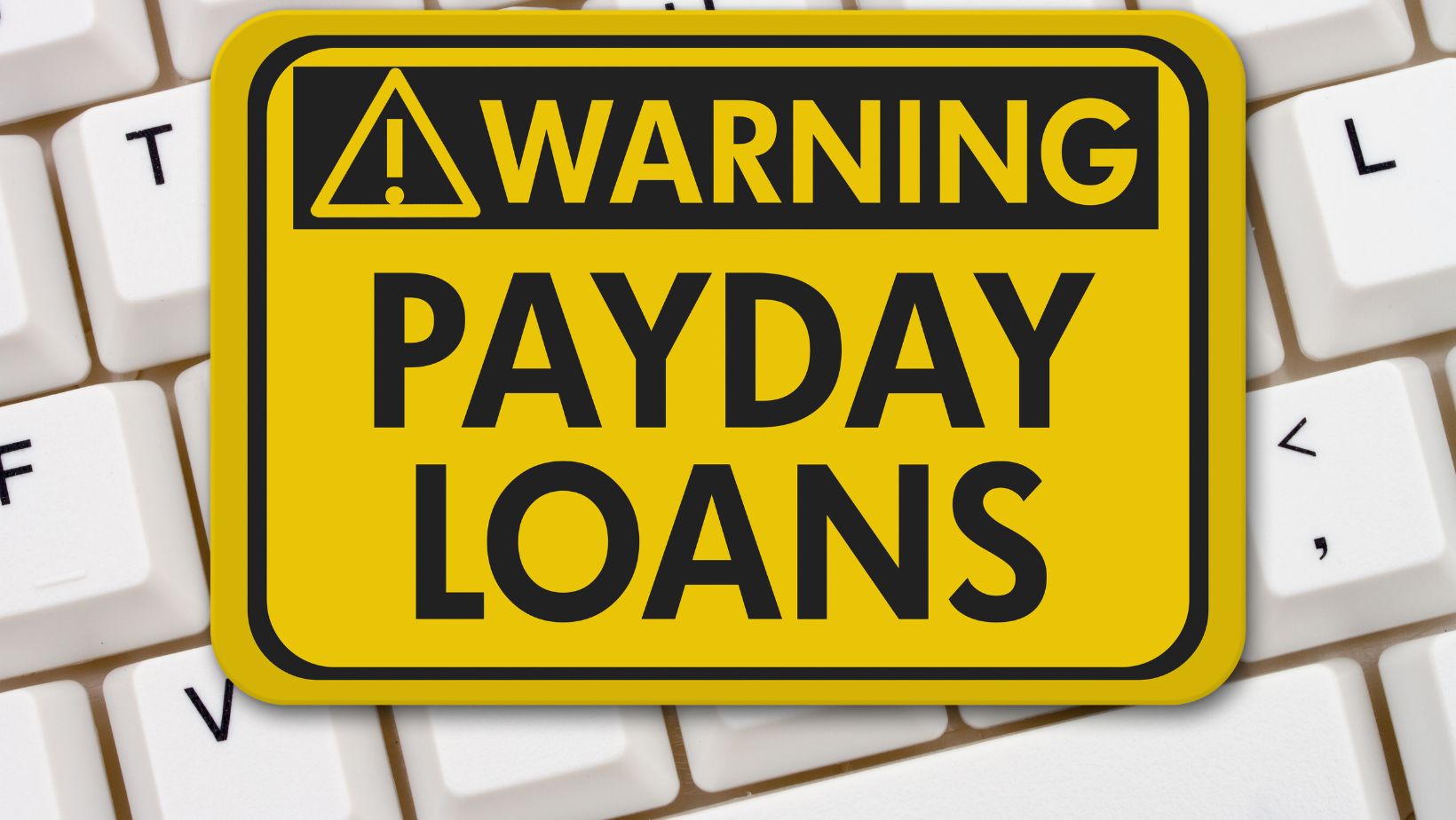Consumers in 2025 are showing growing interest in financial solutions that provide more manageable repayment structures than traditional payday loans. Rising awareness of interest rates, coupled with the demand for transparent terms, has encouraged borrowers to explore safer, more flexible lending options.
These alternatives aim to reduce repayment pressure while offering access to quick funds when needed. The market has responded with innovative products that blend technology, regulatory oversight, and borrower-focused features. In this changing landscape, accessibility, affordability, and trust are now as important to borrowers as speed.
By seeking options that combine these elements, consumers are beginning to move away from payday loans toward choices that better align with their long-term financial health.
Short-Term Installment Loans With Flexible Repayment
Short-term installment loans have become a leading replacement for payday loans in 2025. Unlike lump-sum repayment models, these loans allow borrowers to spread payments over several months.
This structure provides greater breathing room for budgeting and helps borrowers avoid the immediate financial strain that payday loans often cause. Many lenders now offer customizable terms, enabling repayment schedules that match pay cycles or seasonal income patterns.
Digital application platforms have further streamlined the process, making approvals quick without sacrificing transparency. In many cases, online loans such as installment loans offer a more consumer-friendly alternative to payday loans by combining fast access to funds with repayment flexibility.
Credit Union Lending Programs Offering Member Benefits
Many credit unions have expanded their role as a source of fair and affordable lending. These member-owned institutions typically provide lower rates and more flexible terms than payday lenders.
Many credit unions also offer small-dollar loan programs, specifically designed to meet urgent financial needs without excessive costs. Membership requirements are often simple, and approval decisions take into account a borrower’s full financial history rather than just credit scores.
This approach allows people with limited or imperfect credit histories to access funds on reasonable terms. The community-focused nature of credit unions, combined with their commitment to financial education, has strengthened their appeal among borrowers seeking long-term stability.
Employer-Based Salary Advance Services
Workplace-based lending solutions are gaining traction as employers recognize the importance of financial wellness for their teams. Salary advance programs allow employees to access a portion of their earned wages before payday, often with minimal or no fees.
This arrangement avoids the high costs associated with traditional payday loans and can be a lifeline during emergencies. The technology behind these services integrates directly with payroll systems, ensuring fast transfers and reducing administrative burdens.
For employees, the biggest benefit is convenience, as repayment occurs automatically from upcoming paychecks. Employers also see value in reduced absenteeism and improved morale, making these programs a win for both sides.
Community Development Financial Institution Lending
Community Development Financial Institutions (CDFIs) continue to grow in relevance as trusted sources of affordable credit. These mission-driven lenders focus on underserved communities, offering loans with fair rates, financial guidance, and supportive repayment structures.
In 2025, many CDFIs have adopted digital tools to reach borrowers faster while maintaining personalized service. Their products often feature lower interest rates than payday loans and include financial counseling to help borrowers improve future loan eligibility.
The emphasis on empowerment rather than short-term profit has made CDFIs a strong alternative for individuals looking for more sustainable financial pathways.
Peer-to-Peer Lending With Community Focus
Peer-to-peer lending networks have continued to evolve, offering direct connections between borrowers and individual investors. These arrangements often result in lower costs compared to payday loans, particularly when both sides agree to reasonable rates.
In 2025, many platforms will include built-in safeguards such as automatic payment reminders and structured repayment schedules. Some have integrated features that allow borrowers to explain their situation directly to potential lenders, fostering a more personalized lending environment.
The sense of mutual benefit, with investors earning returns and borrowers accessing fair financing, has helped peer-to-peer lending gain traction as a community-oriented alternative.
Microfinance and Small Emergency Loan Programs
Microfinance institutions and nonprofit organizations have stepped in to provide emergency loans to those with limited credit access. These loans are typically small, short-term, and offered at much lower rates than payday loans. Key features often include:
- Lower interest rates compared to payday lenders,
- Access to financial coaching and guidance,
- Budget planning tools to support repayment,
- Quick approval processes for urgent expenses,
- Coverage for needs such as medical bills or vehicle repairs.
This supportive framework helps borrowers manage funds responsibly and reduce the likelihood of repeat borrowing. While amounts are modest, these programs often bridge the gap for individuals facing unexpected expenses without resorting to high-cost payday options.
Online Lending Platforms With Transparent Terms
Digital lending platforms have surged in popularity, bringing together convenience, speed, and transparency.
Comparing Loan Offers Easily
Borrowers can compare offers from multiple lenders, ensuring they choose terms that fit their budget. The ability to view side-by-side comparisons has improved decision-making and reduced the risk of committing to unfavorable terms.
Protecting Credit Scores
Many platforms now use soft credit checks to provide pre-approval without impacting credit scores. This allows borrowers to explore multiple options without fear of damaging their credit history.
Fast Mobile Approvals
Mobile-first designs have transformed the borrowing process, allowing applications, document uploads, and approvals in minutes.

This speed, combined with transparency, has positioned online platforms as a competitive alternative for those who value clarity and control.
The Ongoing Shift Toward Sustainable Borrowing
The movement away from payday loans in 2025 reflects a deeper shift in consumer expectations. Borrowers are increasingly unwilling to accept high costs and rigid repayment terms, seeking instead solutions that align with both immediate needs and future stability.
Alternatives such as installment loans, credit union programs, employer-based advances, and community-focused lending demonstrate that fast access to funds does not have to mean financial strain.
As technology, regulation, and borrower awareness continue to evolve, the market for responsible short-term lending is likely to expand even further, giving consumers more control over their financial choices.



